Discover the secrets of Juniors to Women’s Size Conversion with our comprehensive guide. From decoding sizing mysteries to finding your perfect fit, embark on a wardrobe transformation journey.
Unlocking Sizes: Your Guide to Juniors to Women’s Size Conversion

As we embark on the journey of Juniors to Women’s Size Conversion, this comprehensive guide aims to provide valuable information along with a conversion table to assist you in finding the perfect fit. To make the sizing transition seamless, let’s explore a detailed conversion table and helpful details.
Understanding the Basics
Decoding Junior Sizes
Junior sizes are typically designed for younger individuals and follow a different sizing scale than women’s sizes. They are characterized by odd numbers (e.g., 1, 3, 5) and often feature a more youthful fit.
Women’s Sizing Landscape
Women’s sizes, on the other hand, embrace a broader range, catering to diverse body shapes and proportions. With even-numbered sizes (e.g., 2, 4, 6), women’s clothing offers a more mature fit.
Juniors to Women’s Size Conversion Table
Here is a practical conversion table to guide you in transitioning from junior sizes to women’s sizes. Keep in mind that these are general guidelines, and variations may exist between brands.
| Junior Size | Women’s Size (Approximate) |
|---|---|
| 1 | 0 |
| 3 | 2 |
| 5 | 4 |
| 7 | 6 |
| 9 | 8 |
| 11 | 10 |
| 13 | 12 |
| 15 | 14 |
| 17 | 16 |
| 19 | 18 |
| 21 | 20 |
Juniors Size Chart
Shopping for cute, cheap junior clothing online can be a breeze when you understand the sizing. We’re here to help you navigate through it all.
Understanding Junior Clothing
Junior clothing is tailored for bodies with fewer curves and slimmer fits, typically for teenage girls and younger women.
Junior Sizes Explained
Junior sizes are represented by odd numbers like 0, 1, 3, 5, 7, 9, 11, 13, 15, and 17.
Junior Size Chart In Numbers
Tops:
- Size 1: X-Small
- Size 3: Small
- Size 5: Small
- Size 7: Medium
- Size 9: Medium
- Size 11: Large
- Size 13: Large
- Size 15: X-Large
- Size 17: X-Large/1X
Blouses:
- Size 1: X-Small
- Size 3: Small
- Size 5: Small
- Size 7: Medium
- Size 9: Medium
- Size 11: Large
- Size 13: Large
- Size 15: X-Large
- Size 17: X-Large/1X
Dresses:
- Size 1: X-Small
- Size 3: Small
- Size 5: Small
- Size 7: Medium
- Size 9: Medium
- Size 11: Large
- Size 13: Large
- Size 15: X-Large
- Size 17: X-Large/1X
Jeans:
- Size 1: X-Small
- Size 3: Small
- Size 5: Small
- Size 7: Medium
- Size 9: Medium
- Size 11: Large
- Size 13: Large
- Size 15: X-Large/1X
- Size 17: 1X-Large/2X-Large
Women’s to Juniors Size Conversion
- X-Small in women’s size is equivalent to Small in juniors.
- Small in women’s size is equivalent to Medium in juniors.
- Medium in women’s size is equivalent to Large in juniors.
- Large in women’s size is equivalent to X-Large or sometimes 1X in junior plus size, depending on the fabric.
- X-Large in women’s size is equivalent to 1X or sometimes 2X in junior plus size, depending on the fabric.
Important Note: Junior clothing is generally smaller, slimmer, and shorter than Misses clothing. When in doubt, consider going up a size for a more comfortable fit, especially with fitted styles.
Additional Information:
- Always double-check product descriptions for accurate sizing information.
- Loose-fitting clothes may adhere better to the recommended size chart, while fitted styles may require going up a size.
Helpful Details for a Smooth Transition
1. Measurement Accuracy
- Initiate the process by accurately determining your women’s size using precise measurements.
- Reference brand-specific size charts for tailored recommendations.
2. Sizing Differences Awareness
- Acknowledge the variations in fit and proportions between junior and women’s clothing.
- Consider factors such as length, width, and overall cut that may vary.
3. Fabric Stretch and Comfort
- Pay attention to the stretchability and composition of fabrics in both junior and women’s clothing.
- Opt for fabrics that offer comfort and flexibility for a seamless transition.
4. Trial Fittings for Assurance
- Ensure fit assurance by trying on clothing items before making a purchase decision.
- Familiarize yourself with return policies for online shopping scenarios.
5. Alterations for Personalization
- Personalize your fit through alterations if necessary.
- Seek assistance from experienced tailors for precise adjustments.
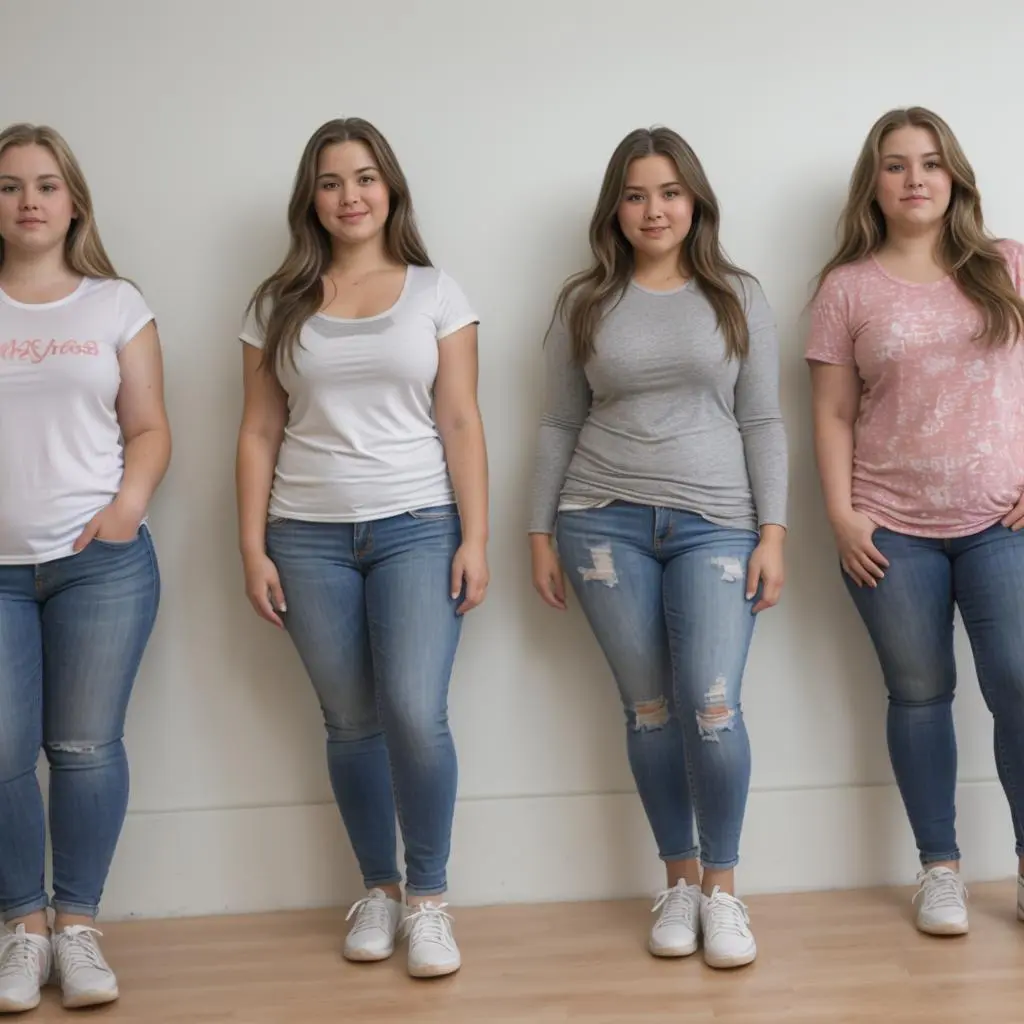
Understanding the Basics
Unlocking Sizes: Junior 9 to Women’s – Find Your Fit
Navigating the transition from junior size 9 to women’s size requires a strategic approach. Let’s explore the steps to ensure a seamless conversion:
- Determine Your Women’s Size:
- Begin by understanding your women’s size using accurate measurements.
- Refer to size charts provided by retailers for a precise match.
- Understand Sizing Differences:
- Recognize the variations in fit and proportions between junior and women’s clothing.
- Junior sizes may have a slimmer cut, while women’s sizes offer a more mature silhouette.
- Be Mindful of Proportions:
- Consider differences in length, rise, and overall proportions when converting sizes.
- Alterations may be necessary to achieve an ideal fit.
- Focus on Stretch and Fabric:
- Take into account the fabric composition and stretchability of the clothing.
- Fabrics with stretch may provide a more forgiving fit.
- Try Before You Buy:
- Whenever possible, try on clothing items before purchasing.
- In online shopping, pay attention to return policies to ensure flexibility.
- Alterations as a Last Resort:
- Reserve alterations for cases where the fit is not ideal.
- Consult with a tailor for professional adjustments.
Decode Sizing Mysteries: Juniors to Women’s Conversion
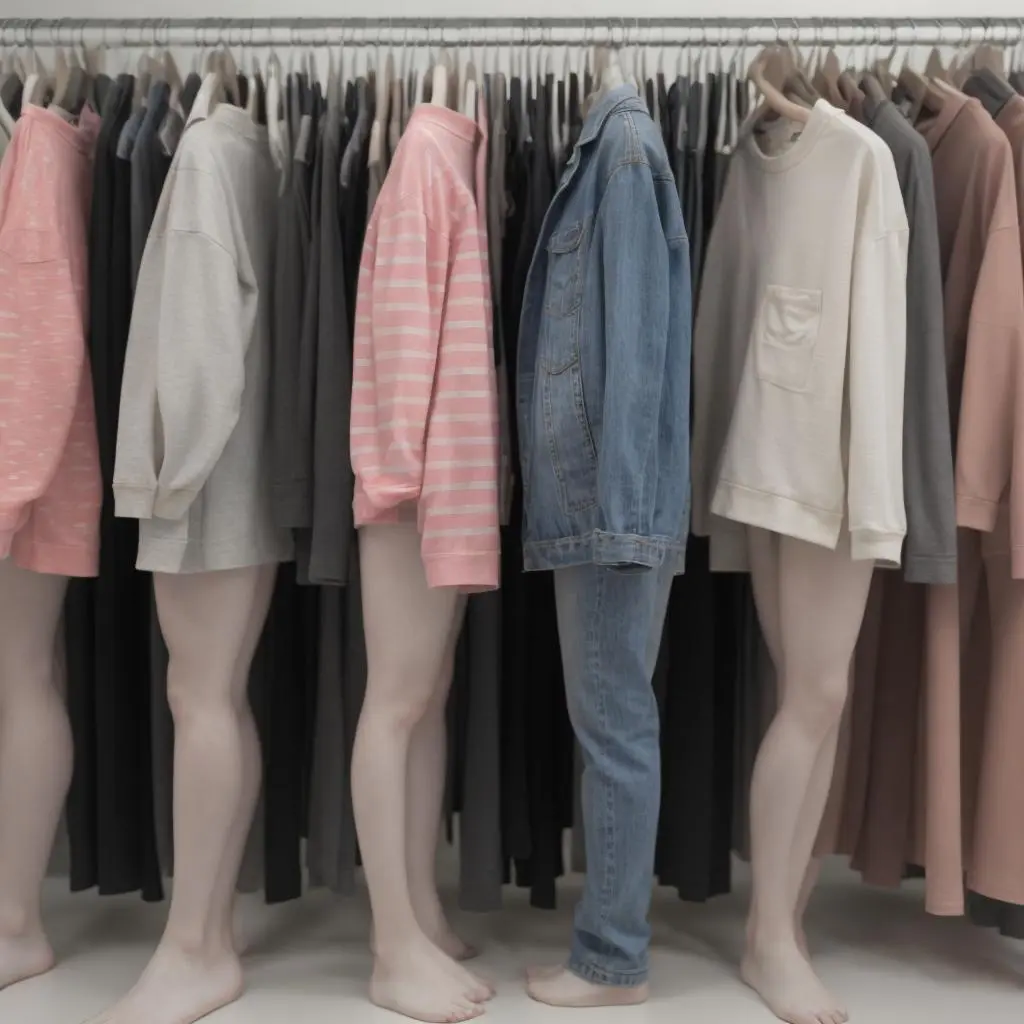
To further demystify the sizing journey, let’s address common questions and concerns regarding Juniors to Women’s Size Conversion.
What is a Junior Size 9 in Women’s?
Understanding the equivalent women’s size for junior size 9 is crucial. Typically, this conversion results in a women’s size 6 or 8, but variations may exist across brands.
Size 13 Juniors to Women’s Jeans
Converting size 13 juniors to women’s jeans may land you in the realm of women’s size 10 or 12. Always refer to specific size charts for accuracy.
What Size is 9 Juniors in Women’s?
Junior size 9 is approximately equivalent to women’s size 6 or 8. However, it’s vital to consider individual brand sizing variations.
Size Savvy: Guide to Junior Size 13 to Women’s Jeans
Embarking on the sizing journey involves making informed decisions. Let’s delve into a detailed guide for converting junior size 13 to women’s jeans.
- Understanding Proportions:
- Junior jeans may have a lower rise and shorter inseam compared to women’s jeans.
- Assess these proportions to ensure a flattering fit.
- Sizing Chart Assistance:
- Consult brand-specific sizing charts to determine the accurate women’s size conversion for junior size 13.
- Consider Stretch Factors:
- Take note of the fabric’s stretchability, as it can influence the overall comfort and fit of the jeans.
- Trial and Error:
- If possible, try on both junior and women’s sizes to identify the most suitable fit.
- Returns and exchanges policies are essential considerations for online shoppers.
Old Navy Size Chart: Junior to Women’s Sizing Guide | Find Your Perfect Fit
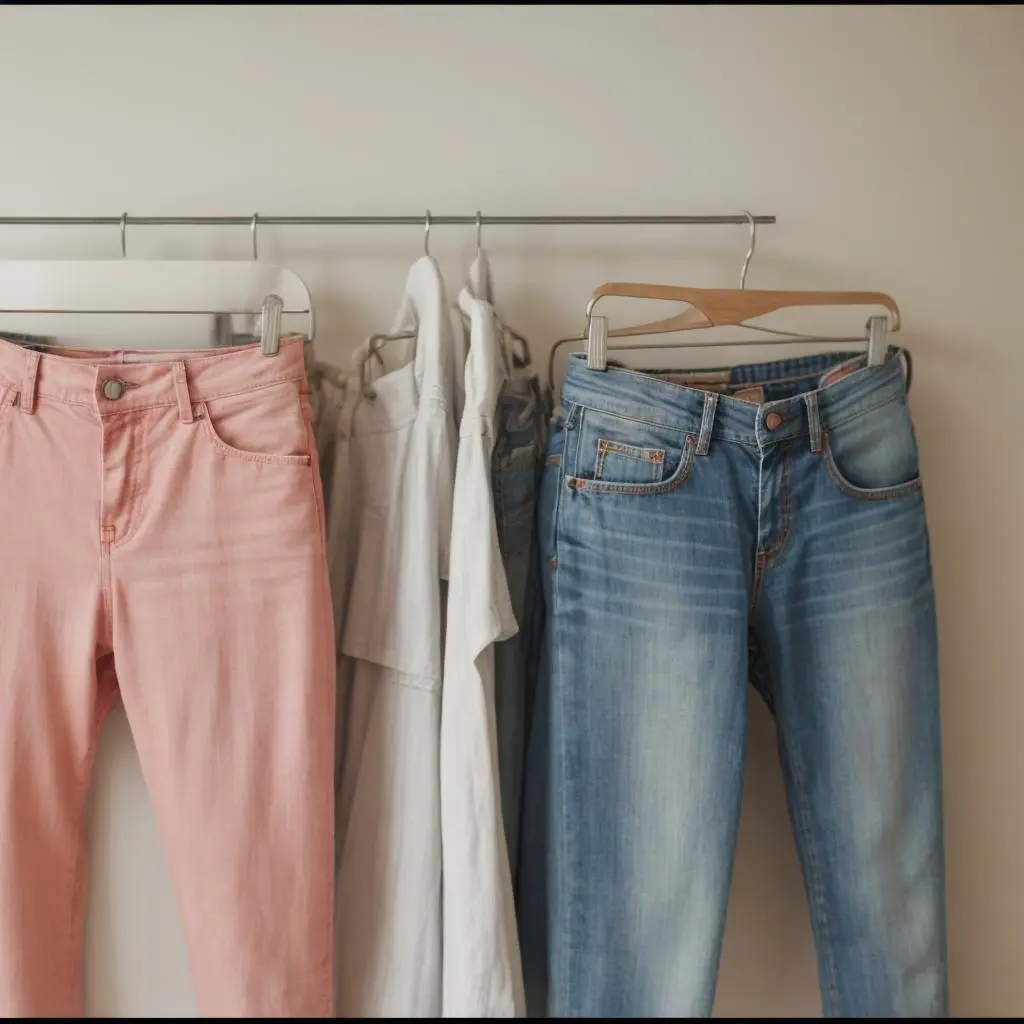
Navigate the Old Navy size spectrum seamlessly with our comprehensive size chart. Discover the equivalent sizes between Old Navy’s junior and women’s sections. Use our handy table to decode sizes, ensuring a perfect fit for your unique style. Say goodbye to sizing confusion and hello to confident shopping!
Embarking on a shopping spree at Old Navy? Unravel the sizing mysteries with our detailed Old Navy Size Chart, providing a clear roadmap from junior to women’s sizes. Use the handy table below to effortlessly navigate the sizing landscape, ensuring your wardrobe reflects your style with confidence. Please note that sizes may vary between brands, so refer to Old Navy’s official size chart for the most accurate information.
| Old Navy Size | Junior Size | Women’s Size |
|---|---|---|
| 0 | XXS | 0 |
| 2 | XS | 2 |
| 4 | S | 4 |
| 6 | M | 6 |
| 8 | L | 8 |
| 10 | XL | 10 |
| 12 | XXL | 12 |
| 14 | 14 | |
| 16 | 16 | |
| 18 | 18 |
Demystifying Fit: Size 9 Juniors to Women’s Clarified
In the pursuit of fashion, clarity on the conversion from size 9 juniors to women’s is essential. Let’s unravel the mysteries surrounding this specific size transition.
- Size 9 Juniors in Women’s:
- Junior size 9 often corresponds to women’s size 6 or 8.
- Brands may have slight variations, so it’s advisable to check individual size charts.
- Fit Considerations:
- Be mindful of the different fit characteristics between junior and women’s clothing.
- Women’s sizes generally offer a more mature and roomier fit.
- Measuring for Accuracy:
- Prioritize accurate body measurements for precise sizing conversions.
- Online size guides and customer reviews can provide valuable insights.
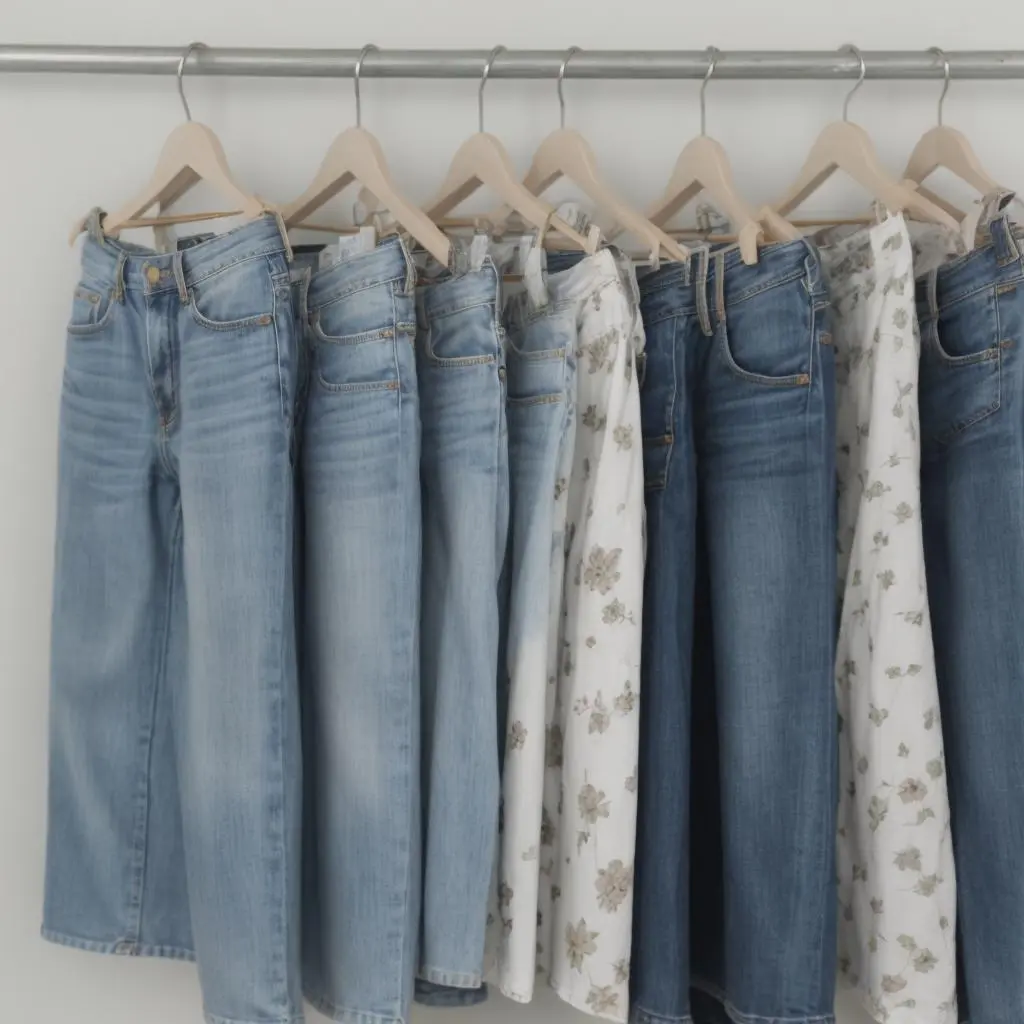
Juniors and Women’s Pants Sizes:
When it comes to pants sizes, understanding the differences between juniors and women’s sizing is crucial for achieving the perfect fit. The sizing standards between these two categories often vary due to differences in target demographics and body proportions.
Juniors Pants Size: Juniors pants sizes are designed for a younger demographic and typically feature a more tailored and youthful fit. These sizes often use odd numbers (e.g., 1, 3, 5) and are known for having a slimmer cut with a lower rise. The inseams are also adjusted to accommodate a younger body shape, offering a trendier and more form-fitting silhouette. Keep in mind that junior sizes may require attention to proportions, especially if transitioning to women’s sizes.
Women’s Pants Size: Women’s pants sizes, on the other hand, cater to a broader range of body shapes and proportions. They use even numbers (e.g., 2, 4, 6) and provide a more mature and roomier fit. Women’s pants usually have a higher rise and a longer inseam, offering comfort and versatility. Understanding the variations in fit and proportions between juniors and women’s sizes is essential for a seamless transition when shopping for pants.
Juniors to Women’s Pants Size Conversion
| Junior Size | Women’s Size (Approximate) |
|---|---|
| 0 | 0 |
| 1 | 2 |
| 3 | 4 |
| 5 | 6 |
| 7 | 8 |
| 9 | 10 |
| 11 | 12 |
| 13 | 14 |
| 15 | 16 |
| 17 | 18 |
Use this table as a general guide, but always refer to specific brand size charts for accurate measurements and fit. Keep in mind that individual body shapes and preferences may vary, so trying on clothing items and understanding each brand’s sizing nuances will contribute to a successful and confident shopping experience.
Size Harmony: From Junior 11 to Women’s Jeans
Navigating the conversion from junior size 11 to women’s jeans requires a harmonious approach. Let’s explore the steps to achieve perfect size harmony.
- Determining Women’s Size:
- Utilize accurate measurements to identify your women’s size.
- Reference brand-specific size charts for precision.
- Understanding Size Variations:
- Recognize the potential variations in fit and proportions between junior and women’s jeans.
- Account for differences in rise, inseam, and overall cut.
- Stretch and Comfort:
- Consider the stretch factor in both junior and women’s jeans for optimal comfort.
- Fabrics with spandex or elastane offer flexibility.
- Trial Fittings:
- Prioritize trying on both junior and women’s jeans before making a purchase decision.
- Understand return policies for online shopping scenarios.
- Alterations:
- If necessary, explore alterations for achieving the perfect fit.
- Consult with a skilled tailor for professional adjustments.
-
Juniors to Women’s Size Conversion
Perfect Fit Quest: Junior 16 to Women’s Size Secrets
Embarking on the quest for the perfect fit from junior size 16 to women’s requires strategic planning. Let’s unravel the secrets to achieving the ideal fit.
- Accurate Sizing Determination:
- Begin by accurately determining your women’s size using precise measurements.
- Use brand-specific size charts for tailored recommendations.
- Understanding Fit Dynamics:
- Recognize the nuances in fit dynamics between junior and women’s clothing.
- Consider variations in length, width, and overall proportions.
- Stretch and Fabric Considerations:
- Focus on the stretchability of fabrics, especially if transitioning from junior to women’s sizes.
- Fabrics with a degree of elasticity can accommodate different body shapes.
- Trial and Evaluation:
- Make informed decisions by trying on clothing items before purchasing.
- Utilize fitting rooms or be aware of return policies for online shopping.
- Alterations for Precision:
- Reserve alterations for situations where the fit requires fine-tuning.
- Consult with experienced tailors for expert adjustments.
Fashion Translated: Junior 7 to Women’s Jeans Size
Translating your fashion preferences from junior size 7 to women’s jeans involves understanding the intricacies of size conversion. Let’s delve into the key considerations for this specific transition.
- Determining Women’s Size:
- Initiate the process by accurately determining your women’s size using precise measurements.
- Refer to brand-specific size charts for tailored recommendations.
- Sizing Differences Awareness:
- Acknowledge the differences in fit and proportions between junior and women’s jeans.
- Factors such as rise, inseam, and overall cut may vary.
- Focus on Fabric Characteristics:
- Pay attention to the stretchability and composition of fabrics in both junior and women’s jeans.
- Fabrics with stretch offer comfort and flexibility.
- Trial for Fit Assurance:
- Prioritize trying on both junior and women’s jeans to ensure the perfect fit.
- Familiarize yourself with return policies for online shoppers.
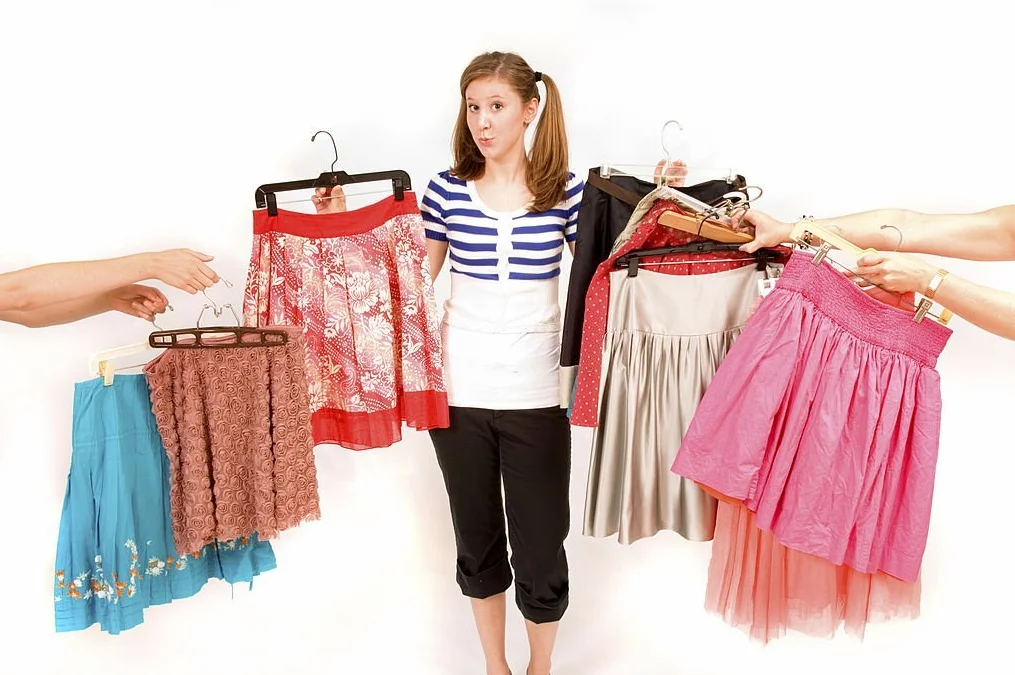
Size Shift: Junior 3 to Women’s – Know Your Fit
Transitioning from junior size 3 to women’s requires a nuanced understanding of sizing dynamics. Let’s explore the steps to ensure a smooth and informed conversion.
- Accurate Women’s Size Determination:
- Commence the process by accurately determining your women’s size through meticulous measurements.
- Consult brand-specific size charts for precision.
- Sizing Variations Comprehension:
- Acknowledge potential variations in fit and proportions between junior and women’s clothing.
- Consider aspects such as length, rise, and overall cut.
- Fabric Stretch Analysis:
- Consider the stretchability of fabrics in both junior and women’s clothing for comfort.
- Opt for fabrics with spandex or elastane for added flexibility.
- Trial Fittings for Assurance:
- Ensure fit assurance by trying on clothing items before making a purchase decision.
- Be aware of return policies for online shopping scenarios.
- Alterations with Precision:
- If needed, explore alterations for achieving the perfect fit.
- Seek guidance from skilled tailors for meticulous adjustments.
Closet Confidence: Junior 21 to Women’s Size Mastery
Building confidence in your wardrobe involves mastering the transition from junior size 21 to women’s sizes. Let’s unravel the steps to achieve mastery in this specific size conversion.
- Accurate Women’s Size Identification:
- Initiate the process by precisely determining your women’s size using accurate measurements.
- Leverage brand-specific size charts for personalized recommendations.
- Understanding Proportions and Fit Dynamics:
- Recognize the nuances in fit and proportions between junior and women’s clothing.
- Consider variations in length, width, and overall cut.
- Fabric Characteristics Assessment:
- Focus on the stretchability and composition of fabrics in both junior and women’s clothing.
- Opt for fabrics that offer flexibility, especially in areas like hips and waist.
- Trial Fittings for Precision:
- Prioritize trying on both junior and women’s clothing items for precision.
- Familiarize yourself with return policies for online shopping scenarios.
- Alterations for Personalization:
- Personalize your fit through alterations if necessary.
- Seek assistance from experienced tailors for bespoke adjustments.
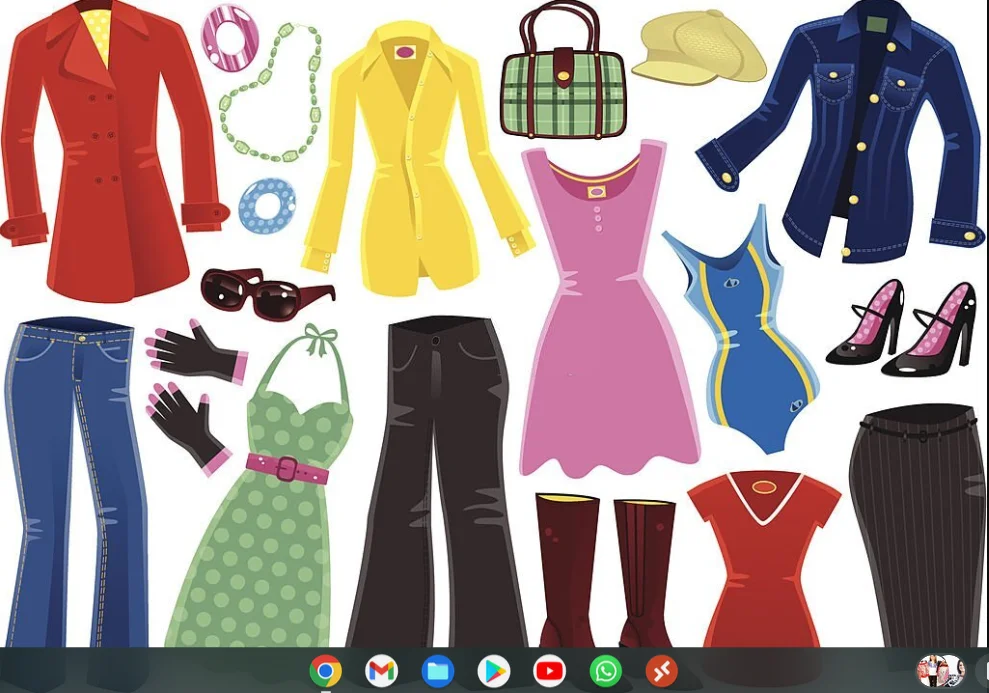
Sizing Decoded: Junior 13 to Women’s Jeans
Decoding the sizing mysteries from junior size 13 to women’s jeans involves a meticulous approach. Let’s unravel the steps to achieve clarity and confidence in this specific conversion.
- Accurate Women’s Size Determination:
- Commence the process by accurately determining your women’s size through meticulous measurements.
- Refer to brand-specific size charts for personalized recommendations.
- Understanding Jeans Fit Variations:
- Acknowledge the nuances in fit dynamics between junior and women’s jeans.
- Consider aspects such as rise, inseam, and overall cut when evaluating fit.
- Fabric Stretch and Comfort:
- Pay attention to the stretchability and composition of fabrics in both junior and women’s jeans.
- Opt for fabrics with spandex or elastane for enhanced comfort.
- Trial Fittings for Assurance:
- Ensure fit assurance by trying on jeans before making a purchase decision.
- Understand return policies for online shopping scenarios.
- Alterations for Perfect Fit:
- Personalize your fit through alterations if needed.
- Consult experienced tailors for meticulous adjustments.
Fit Fusion: Junior 11 to Women’s Size Conversion
Achieving the perfect fit when transitioning from junior size 11 to women’s involves a fusion of precision and understanding. Let’s explore the steps to seamlessly convert sizes and enhance your wardrobe.
- Accurate Women’s Size Determination:
- Initiate the process by precisely determining your women’s size using accurate measurements.
- Rely on brand-specific size charts for personalized recommendations.
- Understanding Size Dynamics:
- Acknowledge the variations in fit and proportions between junior and women’s clothing.
- Consider factors such as length, width, and overall cut for a well-informed decision.
- Fabric Stretch and Flexibility:
- Pay attention to the stretchability and composition of fabrics in both junior and women’s clothing.
- Opt for fabrics that provide flexibility, ensuring comfort and ease of movement.
- Trial Fittings for Fit Confidence:
- Ensure fit confidence by trying on clothing items before making a purchase decision.
- Familiarize yourself with return policies for online shopping scenarios.
- Tailoring for Personalized Fit:
- Personalize your fit through alterations if necessary.
- Seek guidance from skilled tailors for precise adjustments.
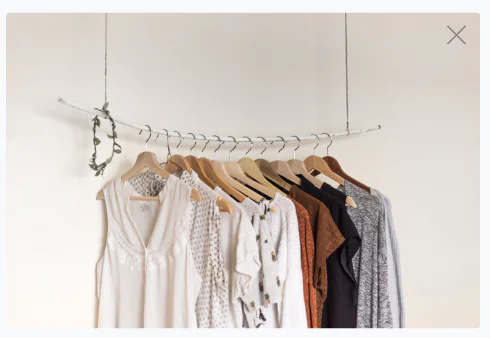
Clothing Alchemy: Junior 18 to Women’s Size Magic
Embarking on the sizing journey from junior size 18 to women’s sizes requires a touch of clothing alchemy. Let’s delve into the magical steps to achieve the perfect fit.
- Accurate Women’s Size Identification:
- Commence the process by accurately determining your women’s size through meticulous measurements.
- Leverage brand-specific size charts for personalized recommendations.
- Understanding Size Alchemy:
- Acknowledge the subtle alchemy in fit dynamics between junior and women’s clothing.
- Consider variations in length, width, and overall cut for a magical fit.
- Fabric Composition and Comfort:
- Pay attention to the stretchability and composition of fabrics in both junior and women’s clothing.
- Choose fabrics that offer comfort and a touch of magic to your wardrobe.
- Trial Fittings for Magical Assurance:
- Ensure fit magic by trying on clothing items before making a purchase decision.
- Understand return policies for online shopping scenarios.
- Tailoring for the Perfect Spell:
- Personalize your fit through alterations if needed.
- Consult with experienced tailors to weave the perfect spell on your clothing.
Deciphering Fashion: Junior 5 to Women’s Size Guide
Deciphering the fashion code from junior size 5 to women’s sizes involves understanding the key elements of size conversion. Let’s unravel the steps to guide you through this decoding process.
- Accurate Women’s Size Determination:
- Initiate the process by precisely determining your women’s size using accurate measurements.
- Reference brand-specific size charts for personalized recommendations.
- Understanding Fit Variations:
- Acknowledge the nuances in fit and proportions between junior and women’s clothing.
- Consider factors such as length, width, and overall cut for a well-informed decision.
- Fabric Stretch and Comfort:
- Pay attention to the stretchability and composition of fabrics in both junior and women’s clothing.
- Opt for fabrics that offer comfort and flexibility for a seamless transition.
- Trial Fittings for Assurance:
- Ensure fit assurance by trying on clothing items before making a purchase decision.
- Familiarize yourself with return policies for online shopping scenarios.
- Alterations for Precision:
- Personalize your fit through alterations if necessary.
- Seek assistance from experienced tailors for precise adjustments.
Sizing Chronicles: Junior 14 to Women’s Clarity
Chronicle your sizing journey from junior size 14 to women’s sizes with clarity and confidence. Let’s explore the steps to navigate this specific size conversion seamlessly.
- Accurate Women’s Size Identification:
- Commence the process by accurately determining your women’s size through meticulous measurements.
- Leverage brand-specific size charts for personalized recommendations.
- Understanding Fit Chronicles:
- Acknowledge the nuances in fit and proportions between junior and women’s clothing.
- Consider variations in length, width, and overall cut for a well-informed decision.
- Fabric Stretch and Comfort:
- Pay attention to the stretchability and composition of fabrics in both junior and women’s clothing.
- Opt for fabrics that provide comfort and flexibility for a seamless transition.
- Trial Fittings for Assurance:
- Ensure fit assurance by trying on clothing items before making a purchase decision.
- Familiarize yourself with return policies for online shopping scenarios.
- Tailoring for Personalized Clarity:
- Personalize your fit through alterations if needed.
- Consult with experienced tailors for precise adjustments, bringing clarity to your wardrobe.
Wardrobe Wonders: Junior 9 to Women’s Size Journey
Embark on a wondrous journey from junior size 9 to women’s sizes, transforming your wardrobe with confidence. Let’s explore the steps to ensure a seamless and enchanting size conversion.
- Accurate Women’s Size Determination:
- Initiate the process by precisely determining your women’s size using accurate measurements.
- Reference brand-specific size charts for personalized recommendations.
- Understanding Wonders of Fit:
- Acknowledge the wonders in fit dynamics between junior and women’s clothing.
- Consider variations in length, width, and overall cut for a well-informed decision.
- Fabric Stretch and Comfort:
- Pay attention to the stretchability and composition of fabrics in both junior and women’s clothing.
- Opt for fabrics that offer comfort and flexibility for an enchanting wardrobe.
- Trial Fittings for Fit Assurance:
- Ensure fit assurance by trying on clothing items before making a purchase decision.
- Familiarize yourself with return policies for online shopping scenarios.
- Tailoring for Personalized Wonders:
- Personalize your fit through alterations if necessary.
- Consult with experienced tailors to add a touch of magic to your wardrobe wonders.
FAQ for Junior to Women’s Size Conversion:
- What is a Junior Size 9 in Women’s?
- Junior size 9 is approximately equivalent to women’s size 6 or 8.
- How do I convert Junior Size 9 to Women’s?
- Junior size 9 can be converted to women’s size 6 or 8.
- What is the conversion for Size 13 Juniors to Women’s Jeans?
- Converting size 13 juniors to women’s jeans may result in women’s size 10 or 12.
- What Size is 9 Juniors in Women’s?
- Junior size 9 is approximately equivalent to women’s size 6 or 8.
- What is the conversion for Size 16 Juniors to Women’s?
- Size 16 juniors may convert to women’s size 14 or 16.
- How do I convert Junior Sizes to Women’s Sizes?
- Use our comprehensive size conversion guide for a seamless transition between junior and women’s sizes.
- What is the size conversion for Size 11 Juniors to Women’s Jeans?
- Size 11 juniors may convert to women’s size 8 or 10 in jeans.
- What is a Junior Size 9 in Women’s Jeans?
- Junior size 9 in jeans could correspond to women’s size 6 or 8, but brand variations should be considered.
- How do I convert Size 7 Juniors to Women’s?
- Size 7 juniors may convert to women’s size 4 or 6.
- What size is 14/16 in Juniors in Women’s?
- Size 14/16 in juniors may convert to women’s size 12 or 14.
- Can you convert girl size to women’s clothing?
- Yes, you can convert girl sizes to women’s using our size conversion guide.
- How do I convert Junior Sizes to Women’s Sizes for Pants?
- Explore our pants size conversion guide for a smooth transition from juniors to women’s sizes.
- What is the conversion for Junior Size 11 Pants to Women’s?
- Junior size 11 pants may convert to women’s size 8 or 10.
- How do I convert Size 19 in Juniors to Women’s?
- Size 19 in juniors may convert to women’s size 16 or 18.
- What is the conversion for Size 3 Juniors to Women’s Jeans?
- Size 3 juniors may convert to women’s size 0 or 2 in jeans.
- How do I convert Junior Size 11 to Women’s?
- Junior size 11 may convert to women’s size 8 or 10.
- What is the conversion for Size 13 Juniors to Women’s?
- Size 13 juniors may convert to women’s size 10 or 12.
- What is a Size 17 Juniors in Women’s Jeans?
- Size 17 juniors in jeans may convert to women’s size 14 or 16.
- How do I convert Junior Size 7 to Women’s Pants?
- Junior size 7 may convert to women’s size 4 or 6 in pants.
- What is the conversion for Junior Size 9 in Women’s?
- Junior size 9 may convert to women’s size 6 or 8.
Conclusion: Your Journey to Sizing Confidence
In conclusion, the journey from juniors to women’s sizes is an adventure filled with nuances and subtleties. Armed with accurate measurements, an understanding of fit dynamics, and a touch of fashion alchemy, you can confidently navigate the world of Juniors to Women’s Size Conversion.
Remember, fashion is a personal expression, and finding the perfect fit is an empowering experience. Whether you’re decoding size mysteries or embarking on a fit fusion, embrace the journey with confidence and style. Happy sizing and happy shopping!

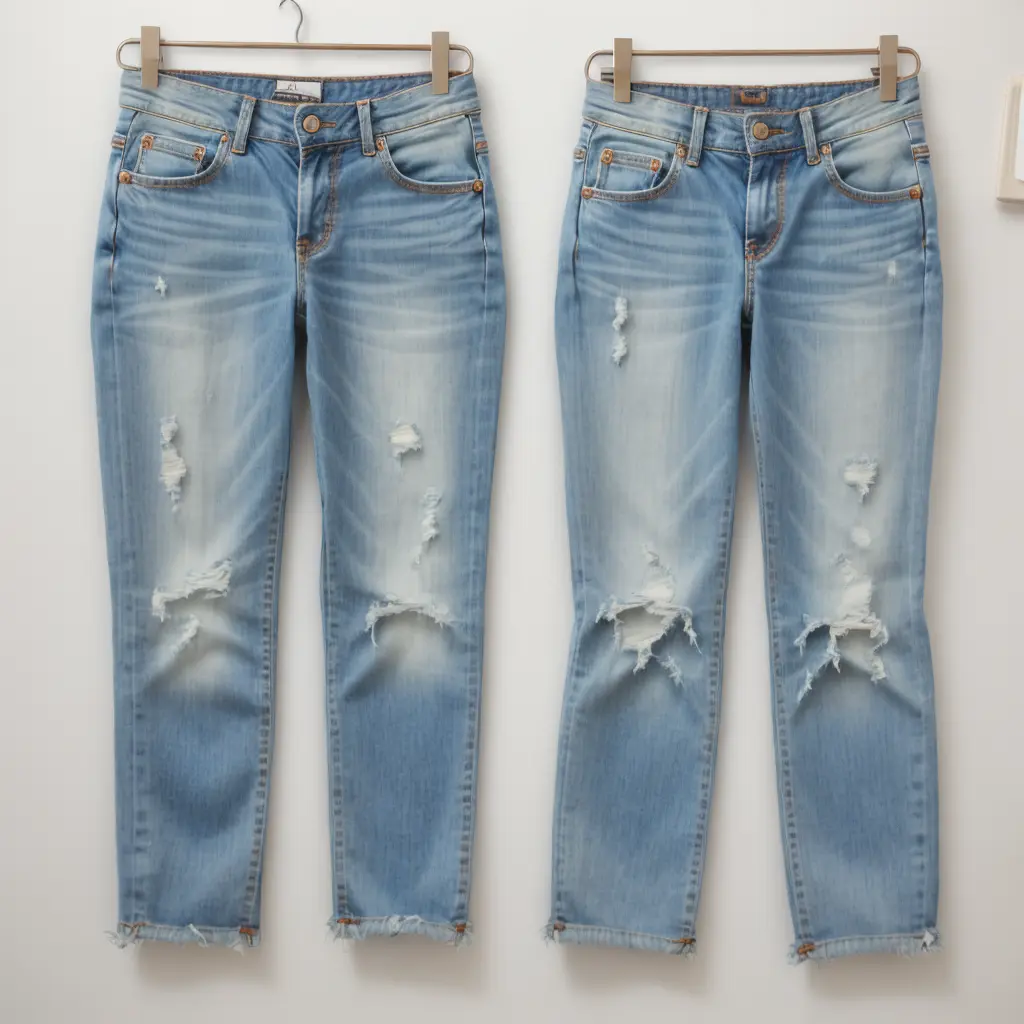

Hello from Kiddishop.
This asset is incredible. The radiant material shows the maker’s earnestness. I’m dumbfounded and envision more such astonishing presents.